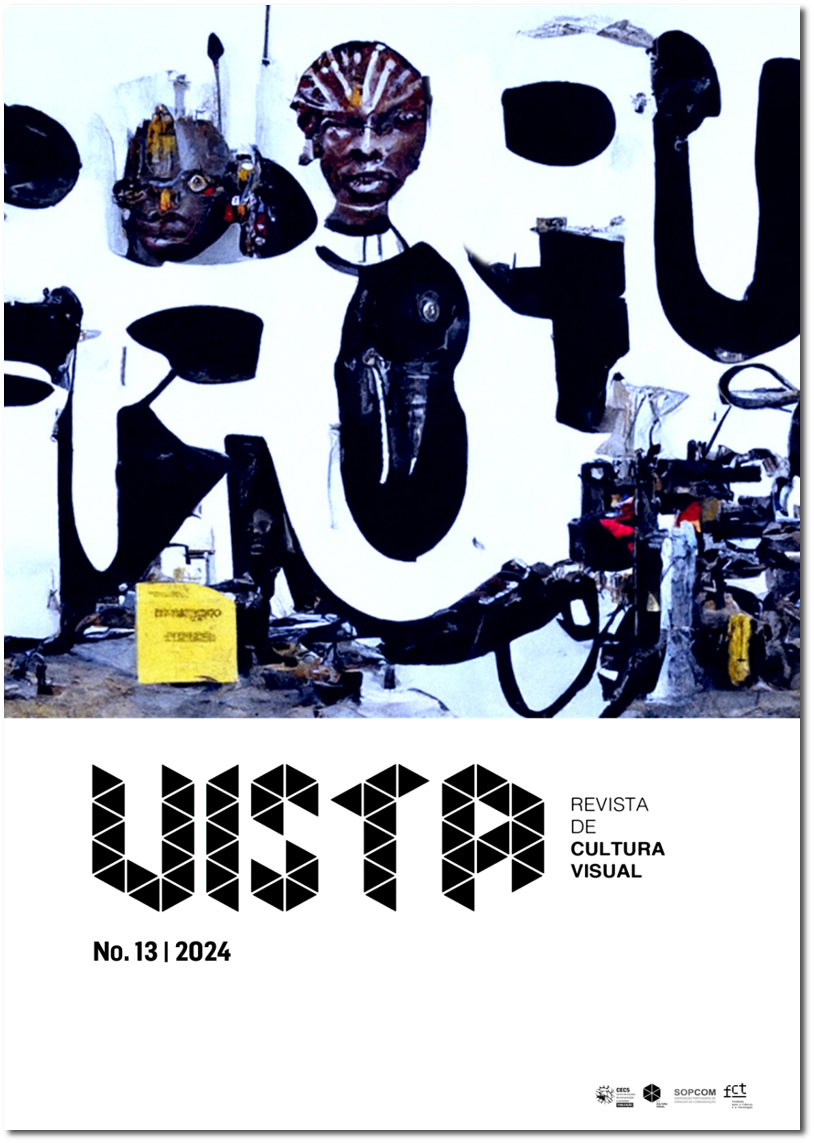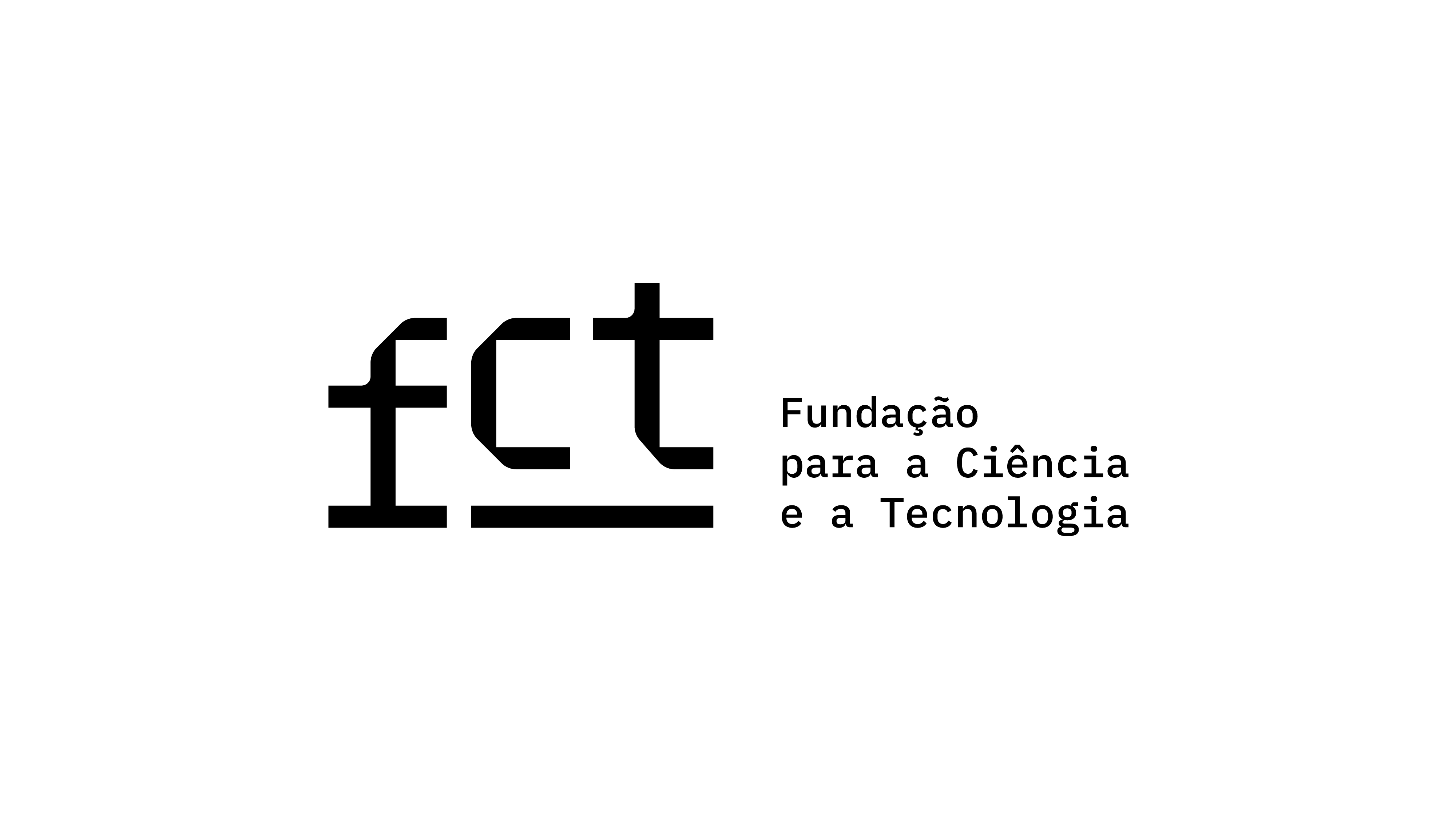Repairing Colonial Violence Against Women: Revisiting Mulheres Sempre Presentes
DOI:
https://doi.org/10.21814/vista.5528Keywords:
women's portraits, physical anthropology, bertillonage, resignification, reparationAbstract
This essay resumes the project Mulheres Sempre Presentes (Women Always Present) produced for the exhibition "O Impulso Fotográfico. (Des)arrumar o Arquivo Colonial" (The Photographic Impulse. (Dis)placing the Colonial Archive). The proposal aims to resignify analogue photographs of Portuguese colonial physical anthropology by removing them from their original context and inserting them into a new one. The goal is to stop the reproduction of negative stereotypes about the Black women in these photographs. These stereotypes are prevalent in the archive of colonial anthropology surveys, from which the portraits were selected. The choice of Black women's portraits is intended to honour the enduring struggles undertaken by Black populations throughout history and to underscore their role as agents of historical processes in patriarchal societies, both European and traditional African, where they are often marginalised. The essay also combines the different voices and reflections of its authors, drawing inspiration from Spivak's (1988/2021) essay Pode a Subalterna Tomar a Palavra? (Can the Subaltern Speak?), which addresses the conditions of women when speaking and being heard and interrogates their position of subalternity.
Downloads
References
Barthes, R. (2008). A câmara clara. Nota sobre a fotografia (M. Torres, Trad.). Edições 70. (Trabalho original publicado em 1980)
Bertillon, A. (1890). La photographie judiciaire. Gauthier-Villars et Fils Imprimeurs Libraires.
Cabral, A. (1979). Análise de alguns tipos de resistência. Imprensa Nacional.
Césaire, A. (1955). Discour sur le colonialisme. Editions Presence Africaine.
Edwards, E. (1990). “Photographic types”: The pursuit of method. Visual Anthropology, 3(2–3), 235–258. https://doi.org/10.1080/08949468.1990.9966534
Edwards, E. (2021). Photography and the practice of history. Bloomsbury Academics.
Fanon, F. (2017). Pele negra, máscaras brancas (A. Pomar, Trad.). Letra Livre. (Trabalho original publicado em 1952)
German Museums Association. (2018). Guidelines on dealing with collections from colonial contexts. https://www.museumsbund.de/wp-content/uploads/2021/03/mb-leitfaden-en-web.pdf
Golding, V., & Modest, W. (Eds.). (2013). Museums and communities. Curators, collections, and collaboration. Bloomsbury.
Hayes, P., & Minkley, G. (2019). Ambivalent. Photography and visibility in African history. Ohio University Press.
Kilomba, G. (2019). Memórias da plantação. Episódios de racismo quotidiano (N. Quintas, Trad.). Orfeu Negro. (Trabalho original publicado em 2008)
Odumosu, T. (2020). The crying child. On colonial archives, digitization, and ethics of care in the cultural commons. Current Anthropology, 61(22).
Poole, D. (2005). An excess of description: Ethnography, race and visual technologies. Annual Review of Anthropology, 34, 159–179. https://doi.org/10.1146/annurev.anthro.33.070203.144034
Said, E. W. (2004). Orientalismo. Representações ocidentais do oriente (P. Serra, Trad.). Edições Cotovia. (Trabalho original publicado em 1997)
Senghor, L. S. (1992). Liberté. Tome 1 - Négritude et humanisme. Editions du Seuil.
Spivak, G. C. (2021). Pode a subalterna tomar a palavra? (A. S. Ribeiro, Trad.). Orfeu Negro. (Trabalho original publicado em 1988)
Thuram, L. (2022). Pensamento branco (S. S. e Silva, Trad.). Tinta-da-China. (Trabalho original publicado em 2020)
Vergès, F. (2023). Programme de désodre absolu. Décoloniser le musée. La Fabrique.
Vlachou, M. (2022). O que temos a ver com isso? O papel político das organizações culturais. Buala; Tigre de Papel.
Downloads
Published
How to Cite
Issue
Section
License
Copyright (c) 2024 Teresa Mendes Flores, Soraya Vasconcelos, Catarina Mateus, Carmen Loureiro Rosa

This work is licensed under a Creative Commons Attribution 4.0 International License.
Authors own the copyright, providing the journal with the right of first publication. The work is licensed under a Creative Commons Attribution 4.0 International License.













